Ilford is a name that is quite familiar to film photographers. They’re UK based manufacturers of photographic materials and are known worldwide for their black & white film, photographic paper, and chemicals. If you’ve ever wondered how Ilford black and white film is made, this official behind the scenes video from Ilford Photo takes you inside their factory to give you a glimpse of how it’s done:
Emulsion
The process for making photographic film and paper begins with photographic emulsion, which is the key ingredient.
“Photographic emulsions are very small crystals of silver halide dispersed in gelatin.”
Emulsions are prepared in total darkness, as they are highly sensitive to light, and are stored in cold storage set at 6 degrees Celsius. The crystals in the emulsion play an important role in determining how sensitive the film or paper will be to light and also the grain of the film.
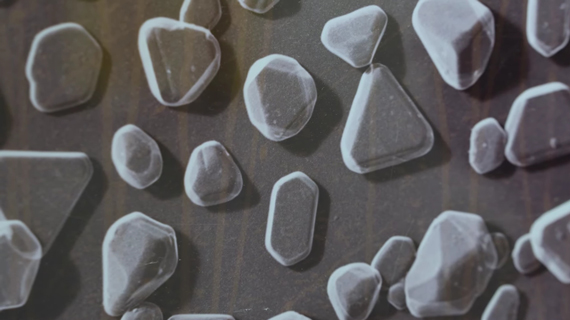
Microscopic view of the emulsion crystals
“In general terms, the greater the surface area of the crystal, the faster it (the film) will be.”
Testing
The emulsions are heavily tested before they can go into full-scale coating production. The research and development scientists have a separate pilot coating facility where they manufacture the products at a much smaller scale for testing purposes. The R&D team ensures that the raw materials being used for production are of the highest standards so that the customers always get the best final products.
Once the sample products are ready, they test it for various factors like granularity, hardness, and silver density. From here on, they decide if they need to change anything in the pilot production or scale it for mass production.
Coating
Once the R&D team ensures that the materials meet the required standards, the emulsion is sent for the coating process.
“The gelatin emulsion from the emulsion plant are melted at 40 degrees Celsius in a vessel and mixed with the chemical ingredients to form what is called the coating circuit.”
Giant paper rolls or film are then coated with the emulsion at speeds of 30 to 100 meters per minute.
Setting
Once the film or paper is coated with emulsion, it enters the setting room where it’s cooled on rollers. To ensure maximum contact between the cool rollers and the freshly coated bases, a vacuum is applied.
Drying
The dryer consists of 19 sections where the paper or film is dried slowly and gradually. This is to ensure that there are no imperfections in the end product.
At the end of the dryer is a scanner which constantly monitors for defects in the product thousands of times per second. If any deviation is found from the required quality, the product is passed on to quality control for analysis.
Once the coating process is completed, the materials are transported to the finishing area in a completely different building. To avoid any contact with light, the transportation is done by placing the materials in light-tight boxes called coffins.
Cassette Manufacturing
“Before the sensitized base can be turned into the 35mm film we all know and love, the metal cassettes must first be created.”
The cassette manufacturing unit (CMU) is responsible to produce the metal cassettes that store the 35mm film. The cassette starts off as a metal sheet which is then stamped by a machine, placing the mouthpiece. A strip of velvet is then placed on either side of the mouthpiece. After the velvet is placed, it then passes through the velvet cutter. Next, the metal sheet is pushed into the forming head which gives it the shape of a cassette. A spool is pushed in and end caps are placed to give the cassette its final look.
After the cassettes are ready, they are moved down the line where the film is rolled into them.
35mm Film Process
The parent roll is slit int0 31 pancakes which are 35mm in width and about 600 meters in length. They are then delivered to the line in light-tight boxes. This is where the film is spooled into the cassette.
- The pancake is loaded onto a rotary perforated head to create the sprocket holes.
- Information about the film, such as the film stock, frame numbers, and unique four-digit batch numbers are signed onto the film.
- A hopper orients the cassettes into the proper direction for the barcode to be read. This ensures that the right film stock is entering the cassette.
- The cassettes then enter the darkroom where the machine spools off either 24 or 36 exposure rolls.
- The loaded cassettes then head over to packaging where they are loaded into a canister and then boxed.
120 Film Process
The 120 film process is quite different from the 35mm film process.
“Instead of being contained within a cassette, 120 film is wrapped onto a plastic core of paper backing and then wrapped into a foil wrapper and boxed.”
- The film is placed on a core, and a paper backing is inserted.
- “Exposed” and “Unexposed” labels are inserted.
- The final products are deposited into a bin.
- A technician moves the bin filled with final products to the foil wrapper machine where the film is transferred to be wrapped in shiny silver.
- The foil is stamped with the film stock type and sealed around each roll.
- A bin full of foil-wrapped rolls is then collected and sent to the boxing machine.
Quality Control
This is where the company ensures that you receive products that are reliable and comply with their set of standards. The quality control specialists look for defects like scratches, repeat marks, and anything that shouldn’t be there.
Random products are drawn out from the production line on a continuous basis. The quality control team needs to thoroughly check the samples to ensure that they’re not producing inferior products.
Warehouse and Distribution
The final products are sealed in plastic and then boxed. The boxes are then loaded on the pallets to be sent to the warehouse. It is from these warehouses that the film is sent out to its final destinations globally.
“The next time you venture into your local camera shop to buy a roll of Ilford film, you’ll likely already be contemplating the images you’ll make. But, perhaps now yo’ll also think of the hard work that goes on behind the film and the dedicated staff at the factory in Mobberley.”
Like This Article?
Don't Miss The Next One!
Join over 100,000 photographers of all experience levels who receive our free photography tips and articles to stay current:
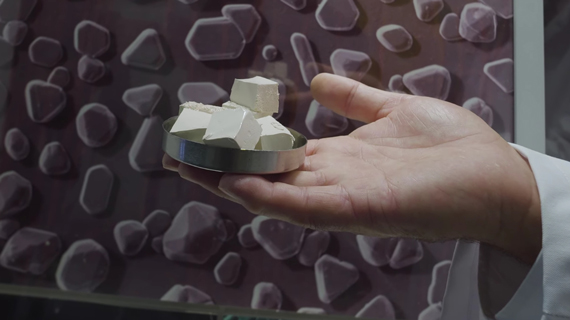
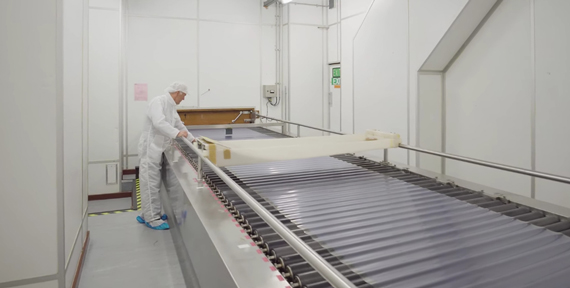
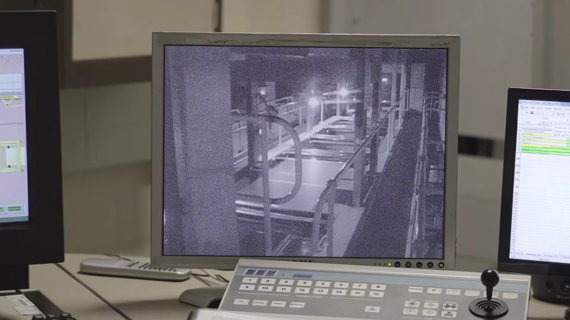
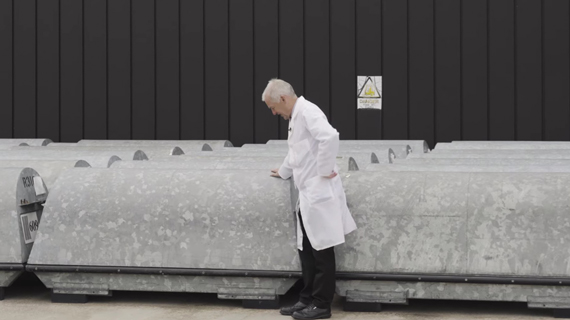
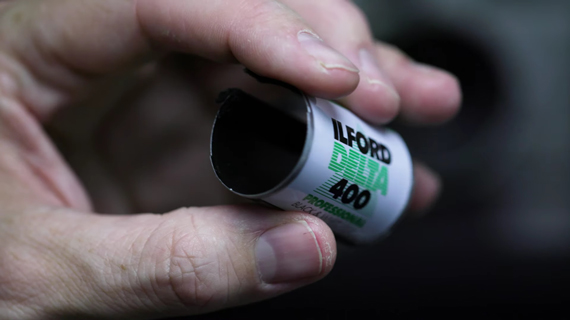
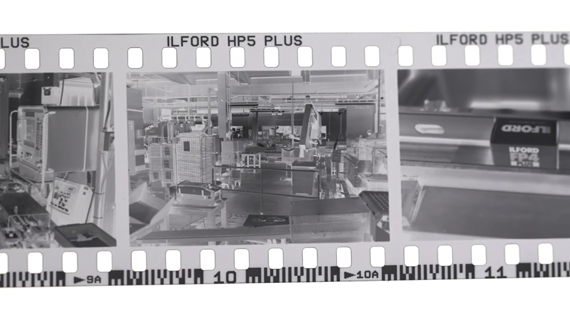
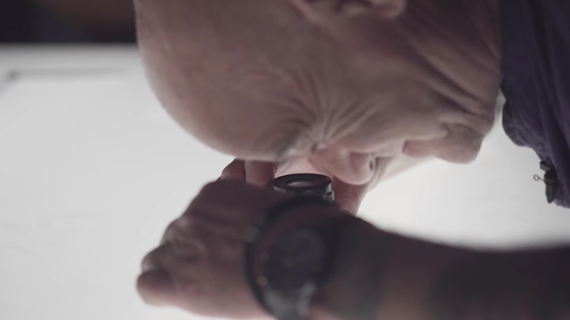
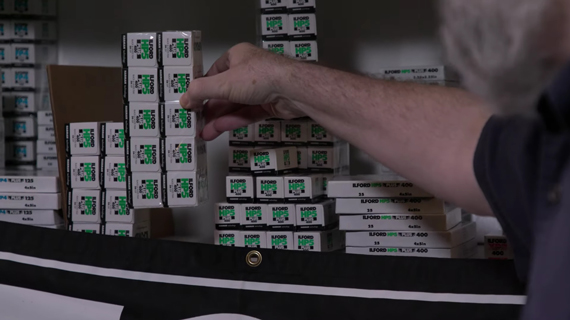






Leave a Reply